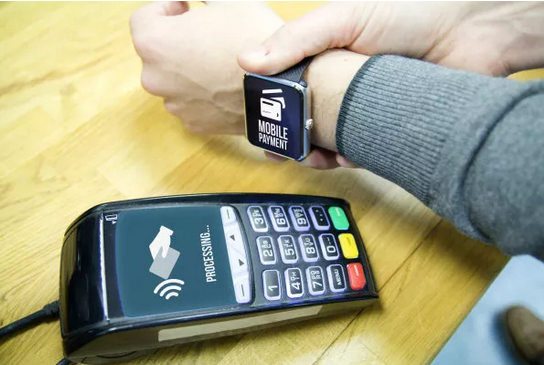

Whether it is an Internet giant, a home appliance leader, or a mobile phone manufacturer, chip upstarts are focusing on IoT.
Due to the rich content of IoT, various IoT technologies have emerged in the market, each with its own characteristics and applicable scenarios.
Is there a "perfect" IoT technology in the market? The reason why I put a quotation mark is because perfection is a relative concept.
The perfect IoT technology needs to have the following three factors:
First, it needs to be passive. Because the active will bring a lot of restrictions to the IoT application, such as cost, such as size, such as environmental protection requirements, etc., and passive IoT products can save a lot of trouble.
Second, the cost should be very low. In the vision of IoT, everything can be connected, but most of the consumables in people's daily life are cheap, such as retail, toys, clothes, shoes, kitchenware, etc. The prices of these products themselves are relatively low, and it is impossible to spend Connection costs of a few bucks or even tens of bucks.

Third, the operation and use must be very convenient. Perfect IoT technology is definitely not only used by a small number of people with high education, high vocational skills, or high income, but is universal. Therefore, the threshold and difficulty of use must be extremely low.
Is there any technology in the market that meets the above standards? The answer is RFID.
Because RFID is passive, and compared to the emerging passive technologies such as Bluetooth, UWB, and even 5G, its technical characteristics are more suitable for passive IoT.
First, radio frequency is the decisive factor that affects the distance of ability energy transmission, and RFID technology is more efficient in absorbing energy from radio waves.
The operating frequency of UHF RFID is 840-960MHz, which is lower than other types of technologies and can transmit farther.
Second, the working current of the chip should be low enough. The lower the working current of the chip, the farther the corresponding working distance will be. In practical applications, the power will be stored by adding capacitors, and the capacitors will be discharged during application. To meet the working requirements of the chip, the working distance of the chip can also be expanded, but this is aimed at the scenario of low-frequency data transmission.
The RFID industry chain is mature, and the price of the label is extremely low. In the general UHF RFID label market, the price has dropped to the level of 2-3 cents, and with the rise of domestic chips and domestic production equipment, the price is still optimized. In the future, the label price will be reduced to less than 1 cent.
Third, RFID tags are just like ordinary sticker tags, which are very convenient to use and do not require complicated operations.
Of course, the times are constantly progressing, and the future RFID passive IoT technology will continue to evolve to meet the needs of the market.
More exciting articles welcome to visit to the official website:https://www.cdebyte.com







